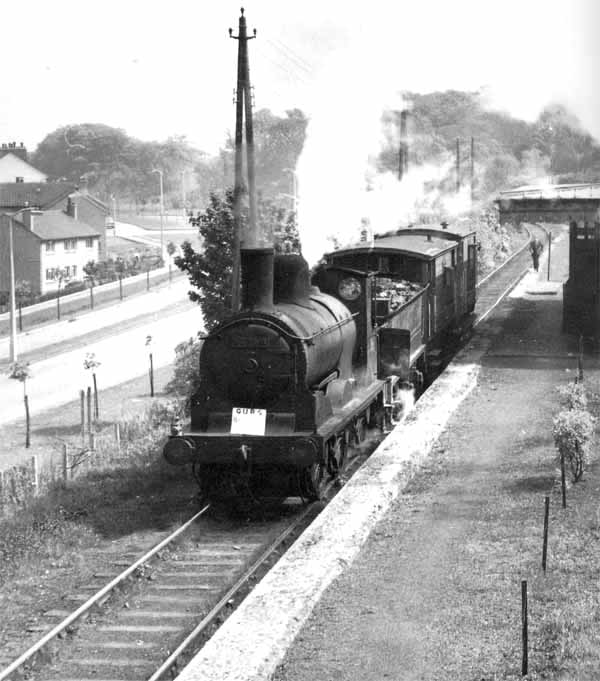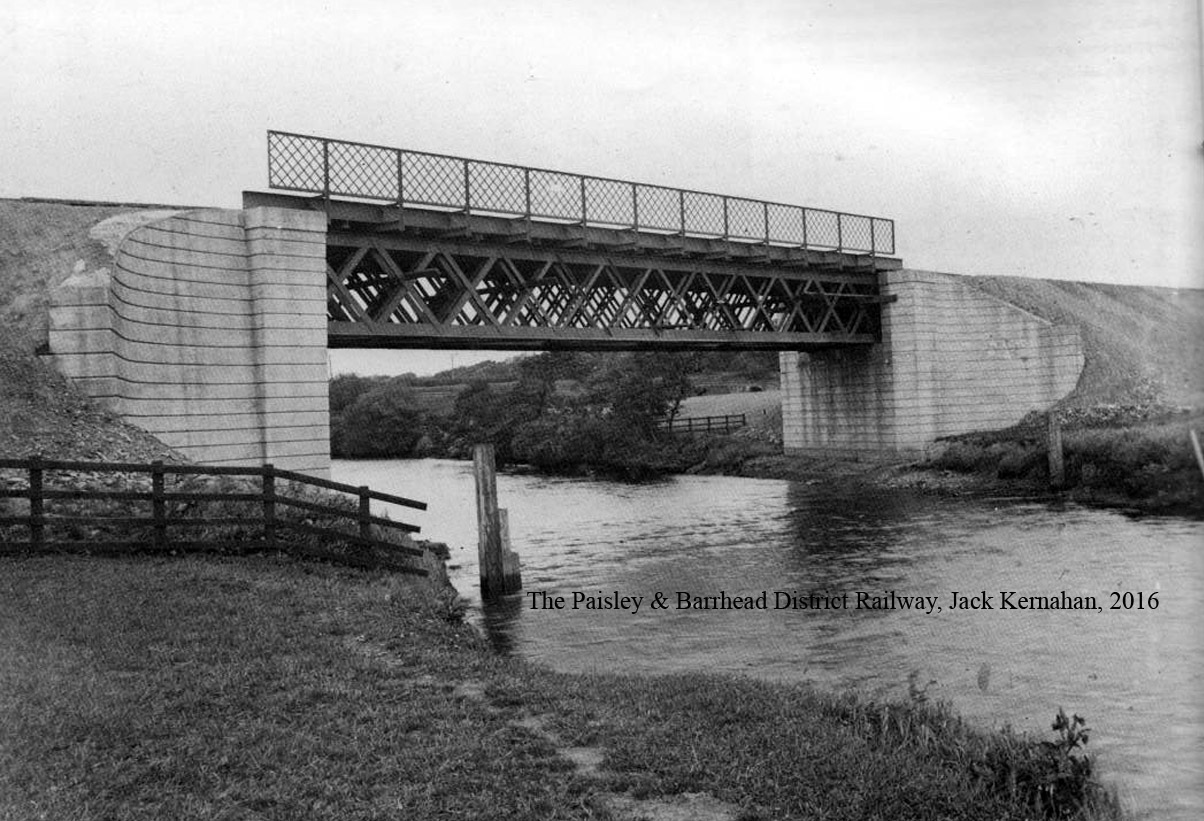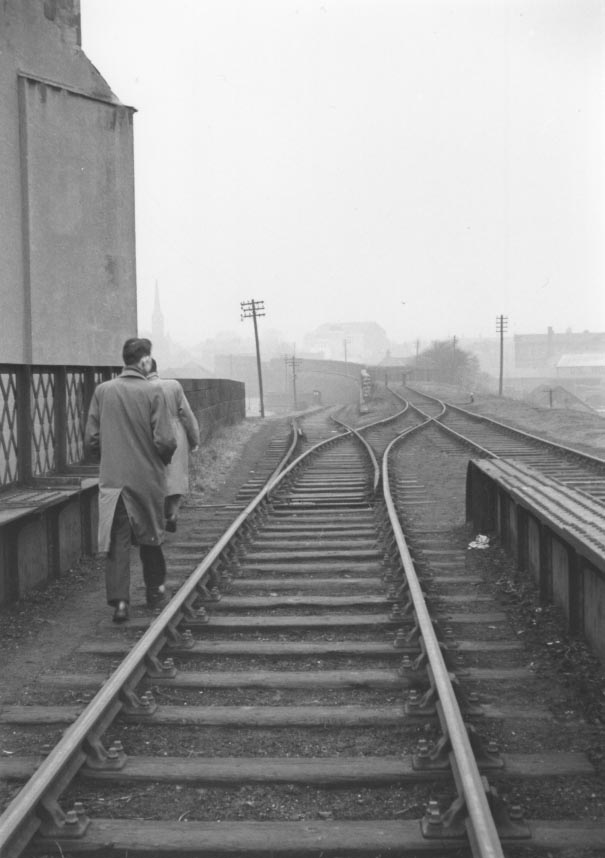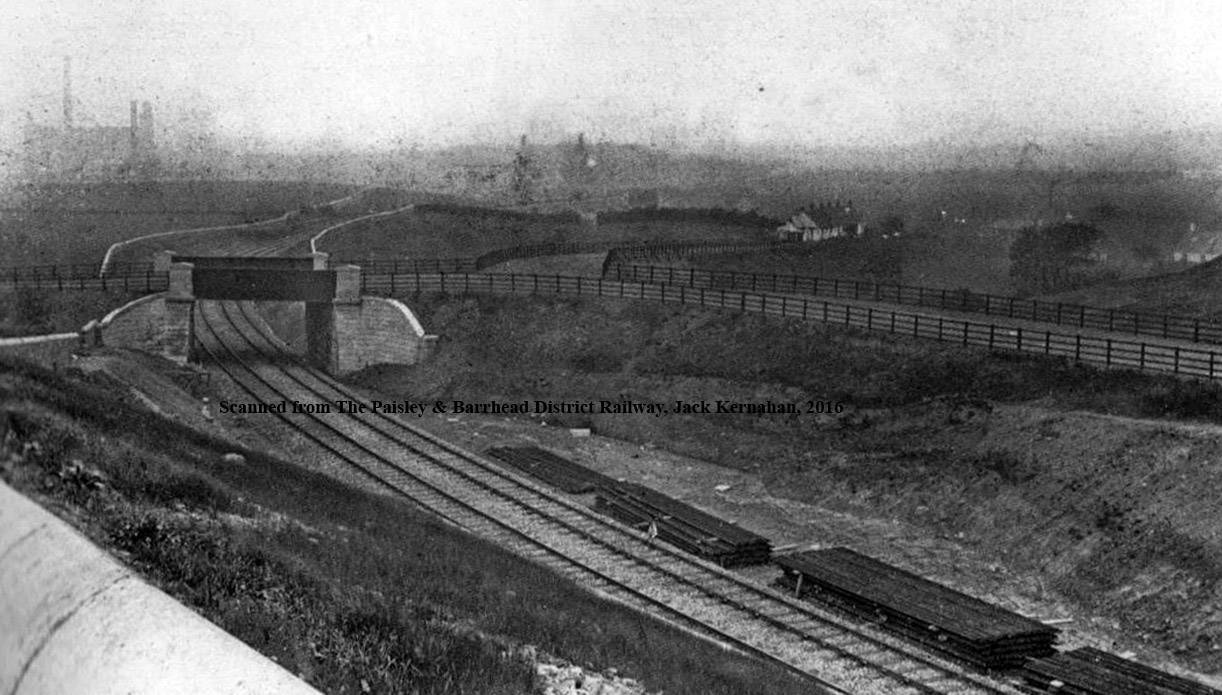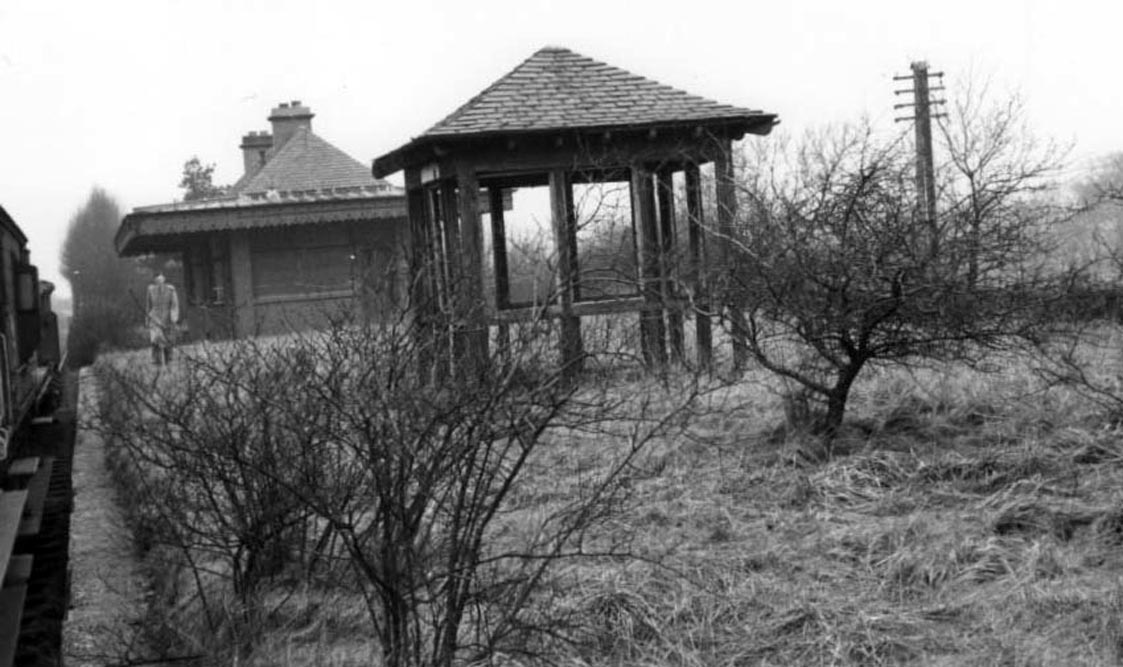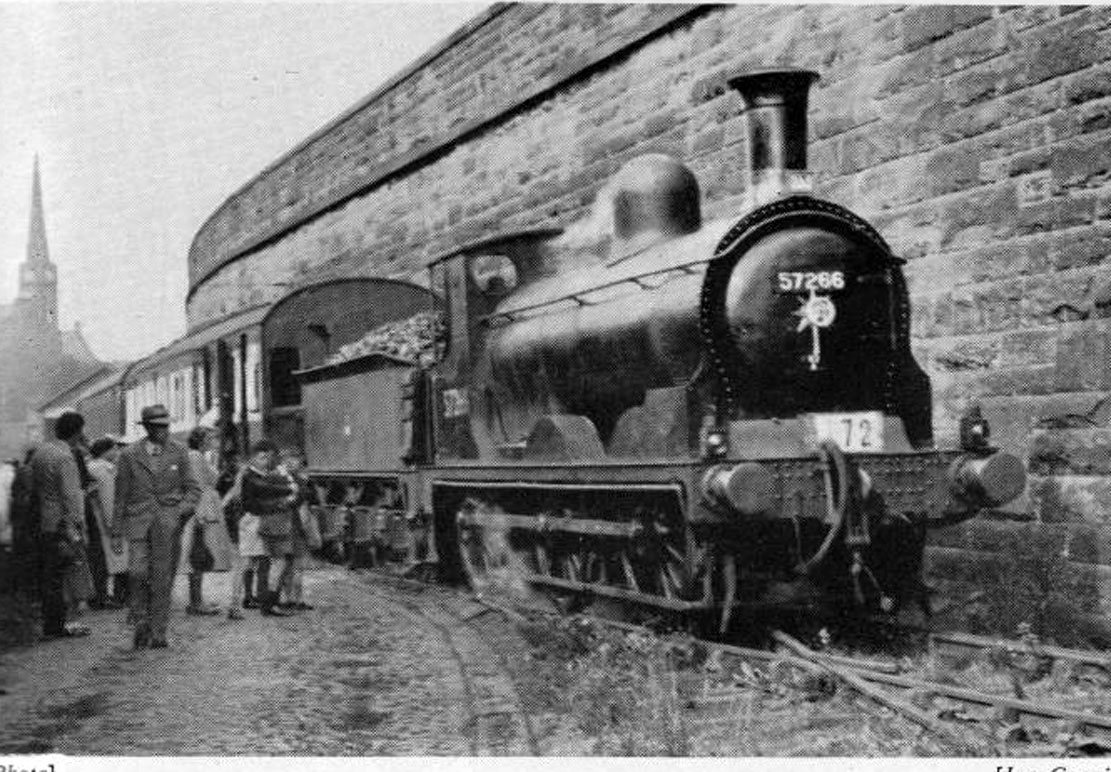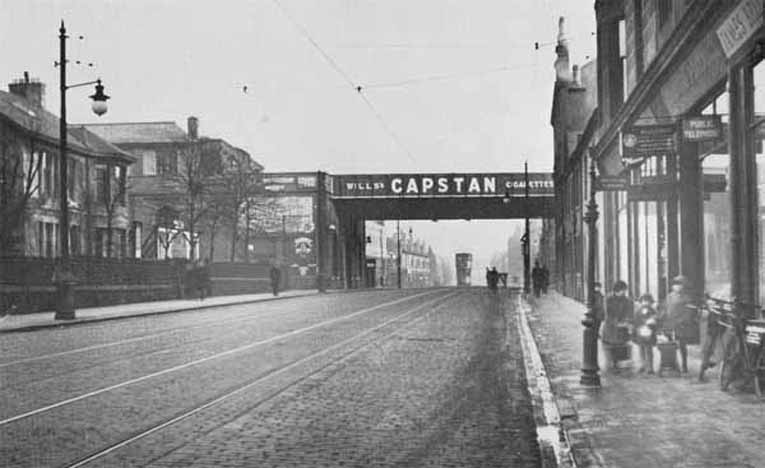The Legend of the Dummy Railway burst into my life in a giant plume of white smoke that appeared behind the Hunterhill high flats. 'Look a cloud', I shouted. No, it's choo choo smoke my mother said. 'choo choo smoke' I screamed as another cloud appeared. 'From a choo choo train' she responded. Gazing up with the eager, uncomprehending idiocy of a puppy struggling with its first fetch command, I repeated 'choo choo smoke'. My mother digging deep from her adult wisdom said 'there's no choo choo smoke without a choo choo train. That's the Dummy Railway'. She introduced it as if it was the Abbey, the Town Hall or my gran, something significant.
I was a child who thought 'deliver us from eagles' was part of the Lord's Prayer, who imagined every newspaper and television mention of politicians attacking each other was a real physical fight. I never saw eagles in Paisley or the politicians fight but I had never seen Jesus, Santa, Superman, the tooth fairy or my uncle Bill in Manchester either and still believed in them. Santa and uncle Bill gave me presents, so .. I accepted the choo train. There might be something in it for me later... and there was.
A few years later, mysterious rumours surfaced of an super short cut to Seedhill Road, gateway to Barshaw Park and my gran's at McKerrel Street. There was a catch. It was across a railway bridge over a river. I am petrified of heights. I used to descend the high flats one step at a time, sitting down. The Dummy railway bridge had a latticed railing meaning the water, far below was clearly visible. I traversed it on hands and knees. That 15 minutes left a permanent scar as it was the subject of countless nightmares in the following years. The climb down from the bridge over Seedhill Road (below) wasn't exactly how Indiana Jones would have tackled it either.
My 'uncle' Andra lived in the tenement you can see below, beside that bridge. From his window, you could see the sweep of the railway down a stone wall to Lacy Street coal yard and the even more massive wall up Lacy Street to the right that took it to Paisley East Station. You could have bought a lot of penny caramels with what that cost. It was on Uncle Andra's 8" steam Pye television that I had my most confusing moment as a St Mirren supporter. Was I sad that Dundee scored nine or happy St Mirren got two ? I was happy. St Mirren scored two goals, amazing !
The dream of every child of the 1960s was to have an Enid Blyton style adventure like the Famous Five or the Secret Seven. Adventures don't come to you, you have to go to them. David Livingstone went to Africa to find the source of the Nile We chose to find the source of the Dummy Railway, albeit when the dangerous choo trains had safely puffed their last. The trek began behind the high flats, took us under the bridge at Jenny's Well (below) .
Over the one at Hawkhead Road to the mythical Dykebar Station (below). Yes it really existed and there were no witches. Most children would have been happy with a ginger and sandwiches picnic in the fabled place and gone home to spread the news. We pressed onward, further into the unknown.
Over Hurlet Road bridge, past the railway entrance to the dark and scary Dykebar hospital where coal was delivered, past the merger with the west branch of the railway, into the Land of Barrhead itself strode the Formidable Five. The Dummy Railway goes all the way to Lion Cross near Newton Mearns. We must have got bored and climbed down an embankment to another railway, unknown to us, the LIVE railway from Glasgow. We met a humongous steam train and became the Frazzled Five. I don't know if our leader Maureen Blackie ever graduated from the Brownies to the Girl Guides. Probably not.
Forty years later I told those stories to Hunterhill man in exile, wee Johnny Tonner who had been captured by one of the native women of Shetland in 1978 and never came home. I had assured his mother I would bring him back safely. It was a joke. He was 21 years old. I had no idea there were women that far north. She took him back to her lair on an island called 'Yell' even further north where there are no trees and the sheep are said to have a more advanced civilisation than the humans.
Anyway, Johnny made a full confession that he and another local rascal Kenny Moore had substantially dismantled Dykebar Station in an act of Guy Fawkes motivated vandalism around 1968. Just as I never connected the river Cart at Hawkhead with the same one in the town, we had no idea what the Dummy Railway was beyond our own fragmented experience of it. So, what the hell was a dummy railway and what was it doing in Paisley ?
The word 'dummy' was the name for a fake military target designed to fool an enemy. There was a Starfish dummy airfield on top of the Gleniffer Braes during the war. The Dummy Railway was real, so it couldn't be that, although that's no doubt where the phrase originated. The first step was David Rowand's book 'Paisley'. He wrote
"A passenger train crossing the “Dummy Railway” was a rare sight indeed! Less rare was the occasional freight train drawn by a rusty old steam engine dubbed "Puffing Billy" by the children in the East end of Paisley. With such few trains running, this suburban railway became known in Paisley patois as the “Dummy Railway”. Now we know how it got its name. He published three photos of an enthusiasts excursion (above) which he he dates in the late 1960s, but was actually 1951.
That is indeed Lacy Street, but he
located two of them in places on completely different railway lines.
That caused me a lot of confusion. One of them had the gaggle of train spotters
below traipsing
around like crash test dummies on what he believed was the (incredibly busy) main Paisley to
Glasgow line at Arkleston. It's actually Ferguslie Station.
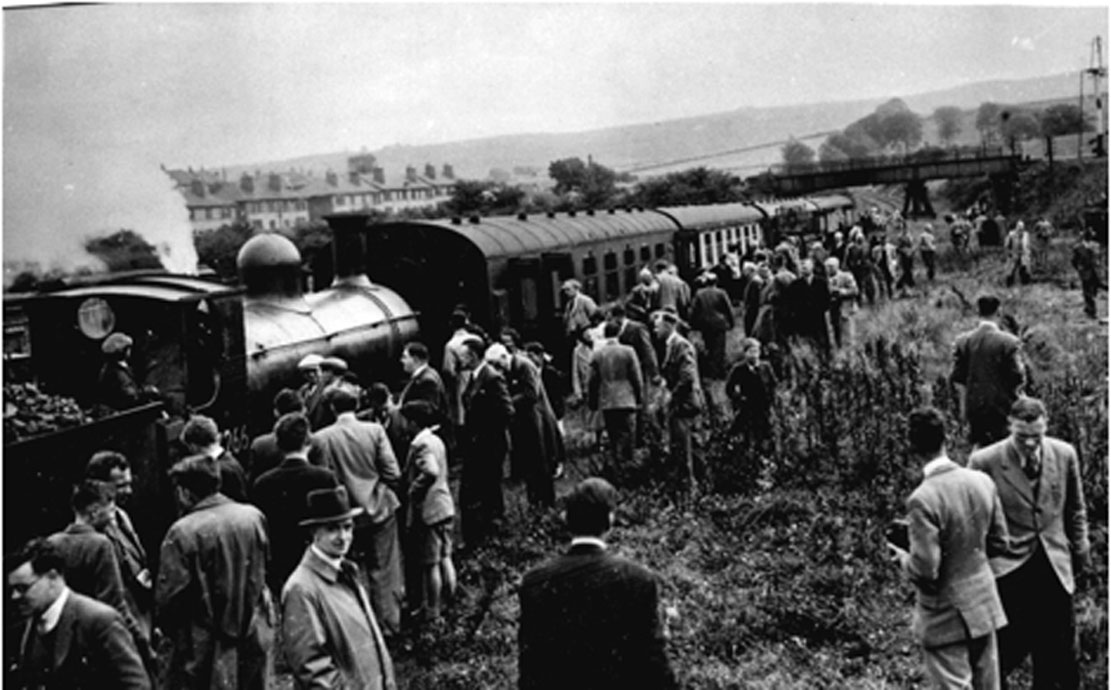
Rowand relates three legends. Trains he writes were used to transport wounded soldiers in world war I to Paisley East then by bus to Ralston hospital. Thousands of American GI helmets were dumped in the scrap yard near Lacy Street and one of the trains carried an anti aircraft gun on board during WWII. Chasing Luftwaffe bombers with a train is unlikely to be successful and could actually be very dangerous if you weren't careful. He describes the line as the Paisley/ Barrhead Railway suburban network. That was the clue that lead me to professional railway website, Railscot.
Railscot referred to it as the Paisley and Barrhead District Railway which went from Paisley St James to Lyoncross via Barrhead with a branch from Barrhead to Paisley East. This was meant to be a circular network that included Paisley Gilmour Street allowing access to the Clyde coast and Lanarkshire. It cleared up some confusion revealing there was a branch from St James, skirting Ferguslie Park, Foxbar and Glenburn meeting at Blackbyres in Barrhead. that was the same line and also known as the Dummy Railway
It revealed that the connection at Arkleston was never completed and that no passenger service was ever scheduled on the line. By the 1950s, a single train emerged from Lyons coal yard every day, delivered coal and returned later. The west branch continued until 1984 transporting electric train bodies from Pressed Steel at Linwood.
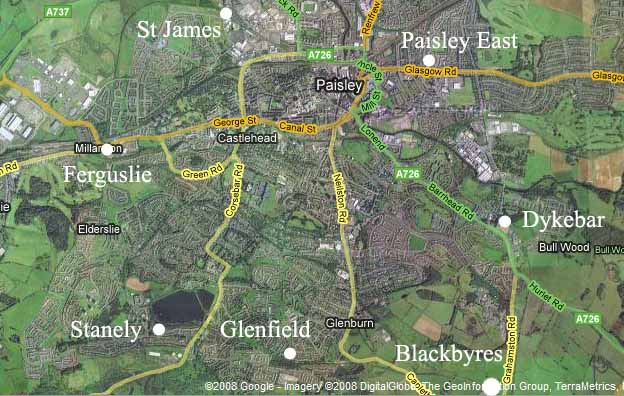
A failure to reply to an email forced me to 'liberate' their (what they thought were protected ) photos for Paisley, City of Culture 2021. Permission was given (the GH Robin photos were copyright Mitchell Library). It was his first class photos that inspired the website.
Computer geek 1 0 railway geek
I created the original Wikipedia page which has since been changed by an 'upstart interloper'. There is a disagreement about where the coal came from. While he is right that the junction at Lyoncross was connected, two books states that the line from Barrhead South to Lyoncross was never used due to gradient issues despite this spectacular viaduct below. This was a big deal because it was meant to transport Lanarkshire coal to Paisley and Barrhead. The coal must have come all the way round the loop from St James. We'll never know for sure.
The strangest part of the research journey was uncovering a Canadian National Railway's magazine article . As it is copyright, only 3 or 4 lines are revealed in a word search. It took a considerable amount of compulsive searching to retrieve the whole thing like a jigsaw made out of words. It provided the last piece of the Dummy Railway history.
A bridge that ought to have carried the line over a roadway at Whitehaugh is gone, and the permanent way stops just short of the main line. The explanation of all is that when the line was all but completed in 1903, the advent of the the trams knocked all consideration of running a train service out of court. But by Board of Trade regulation the Caledonian Company were under an obligation , if they completed the line to run a certain minimum number of trains per day. In order not to be under that necessity they purposely left the line unfinished. But what a sum of money must have gone with that decision."
In fact £720,000, that's £84 million in today's money. So, the unfinished link was a ruse to prevent the Caledonian Railway (who now owned the line) from an even bigger loss fighting a losing battle with the new fangled trams. This fine piece of writing from the same article sums up the tragedy of the Dummy Railway
It would be difficult for the original designers of Paisley East station to recognize their handiwork. No phantom trains draw into its platforms, no ghostly passengers stand waiting for the shrill whistle that should be heard at midnight, no spectral porters call the last train. The Paisley-Barrhead line is that last of all abandoned things, a human work that has never been used.
The stations were ignominiously converted to dwelling houses. That's a homely,
little vegetable
garden at the bottom of those stairs. However, no amount of Irn Bru or paracetemol could protect a hung-over
tenant from the horrors of a long coal train endlessly rumbling, rattling, clacking
and screeching through the middle of their head at eight in the morning..
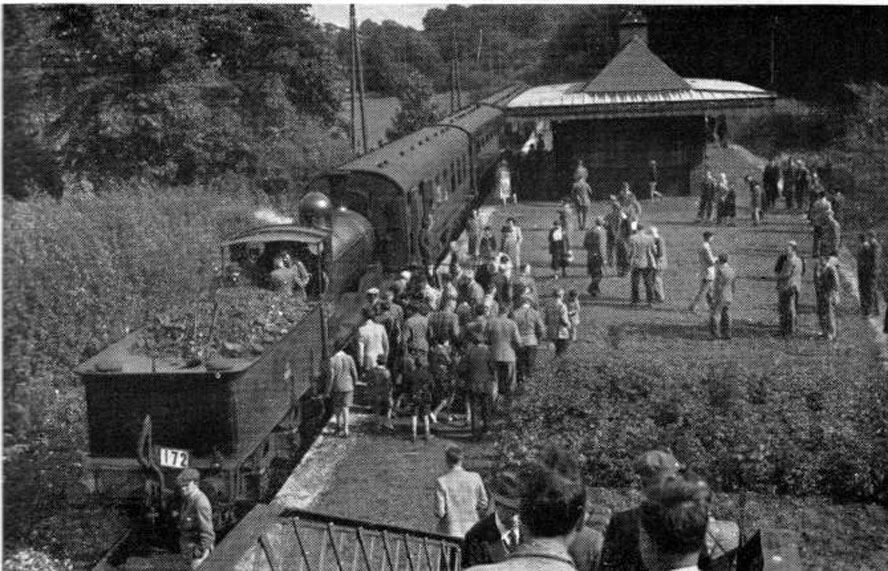
Paisley East (to the left of the bridge) became a garage. Local legend has it that there were two platforms, platform 1 and platform 9 3/4. No one knows why ....
The full story of the Dummy Railway
Articles about the dummy railway
Anecdotes about old paisley railways.
